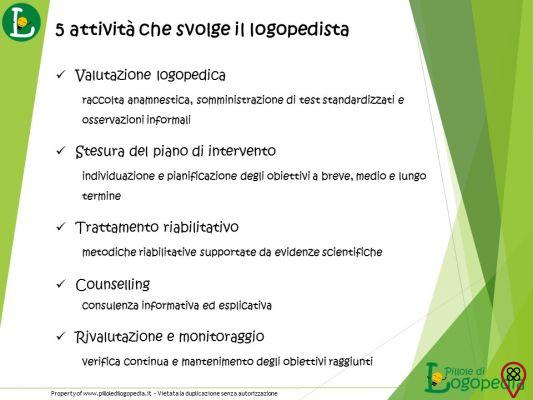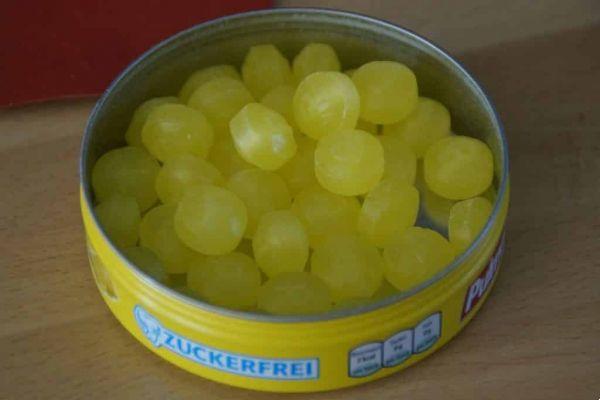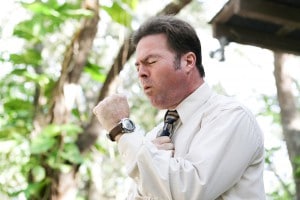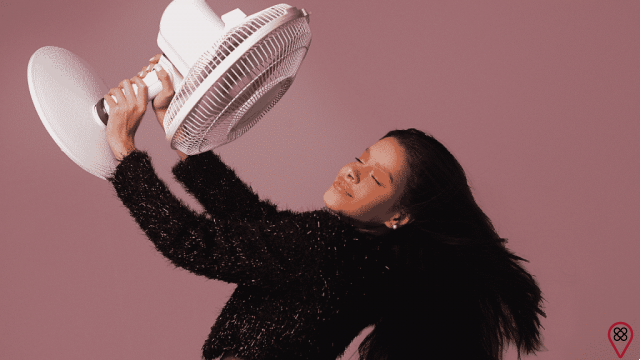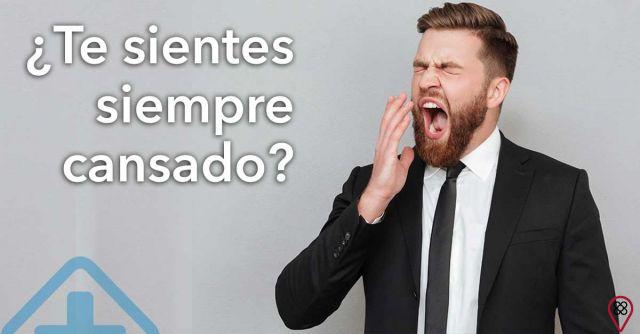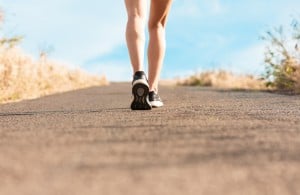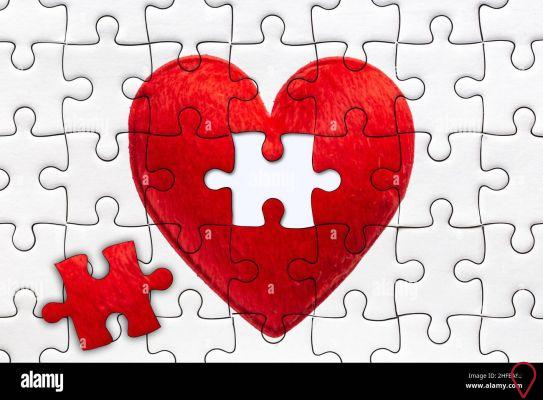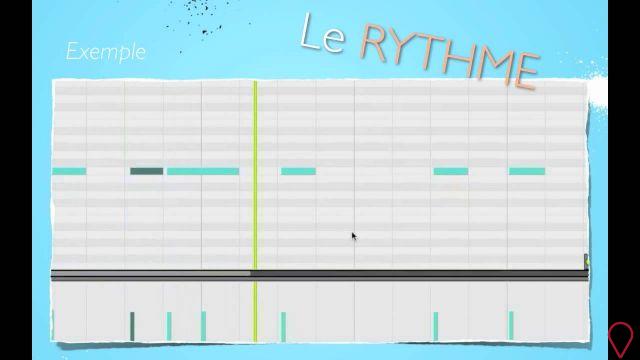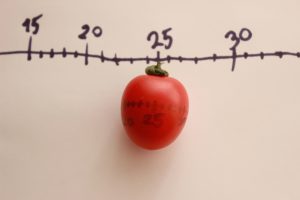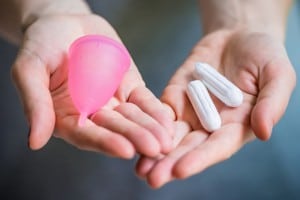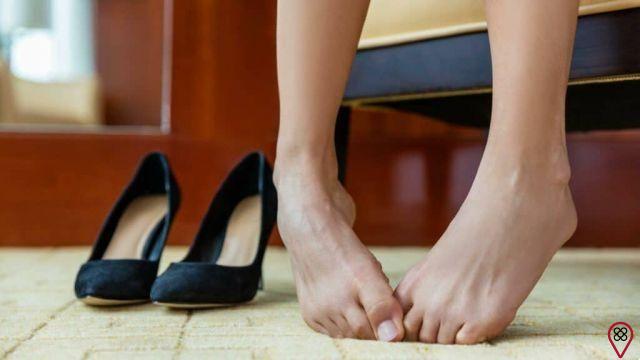You ever heard of Calatonia? It is a therapeutic method, performed through sensitive touches on the skin, in strategic areas of the body, where there is a concentration of nerve receptors.
The technique was developed by the Hungarian doctor Pethö Sándor, when he worked in a hospital in Germany, which took care of Red Cross refugees, after the war. The venue's structure and resources were extremely limited, so Sándor looked for alternative ways to help with the patients' health. Over time, he found that tactile sensitivity brought immediate relief and in some cases even profound relaxation to the injured. This is how he became known in Germany as the “Dr. who takes away the pain with his hands”.
During this period of pilgrimage to escape the effects of the war, Sándor lost his parents and decided to move to España, settling in São Paulo in 1949. A therapist and professor, he started several courses at universities for professionals in psychology, passing on their knowledge of Calatonia, which came to be known by students as the “relaxation method”. It is still used today in psychotherapeutic care.
basic procedure
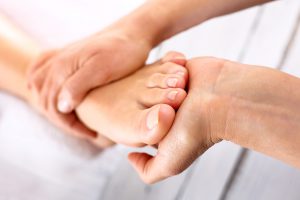
In general, the technique consists of a series that involves nine strokes. The procedure is carried out in total silence, lasting two to three minutes at each strategic point. The main location is the feet, starting at each toe, at two points on the soles of the feet, then at the heels and ankles. Finally, one more touch at the beginning of the calves. In some situations a tenth touch is added to the head, but precisely in the region of the back of the neck.
The sequence of touches is performed where the joints are located, in areas with nervous and/or circulatory sensitivity, area with access to bone processes, etc. The location for the touches varies according to the patient's problem.
for whom it is intended
Calatonia in principle has no contraindication, but must be indicated by a specialized professional. The technique has been used as an auxiliary method in psychology, medicine, education, physical rehabilitation, etc.
It is effective in situations of muscle tension, migraines, stress, asthma, allergies, psychosomatic disorders, glandular disorders and obesity.
Text written by Natália Nocelli from the Eu Sem Fronteiras Team.



